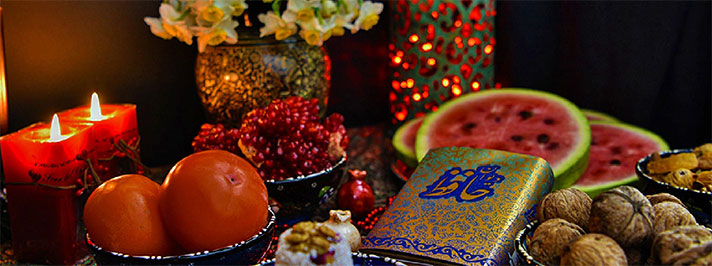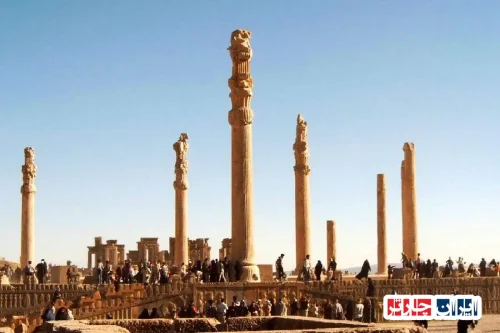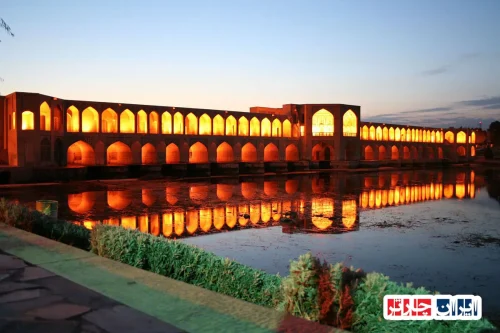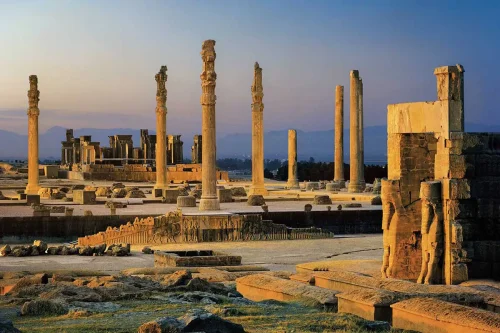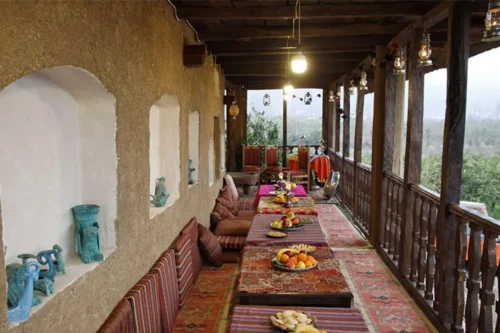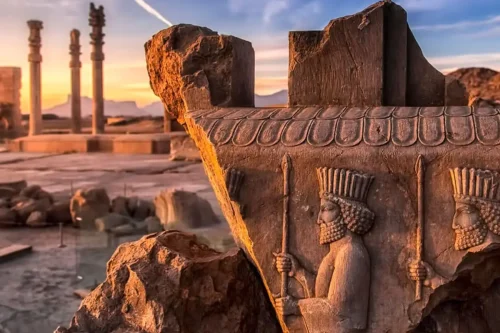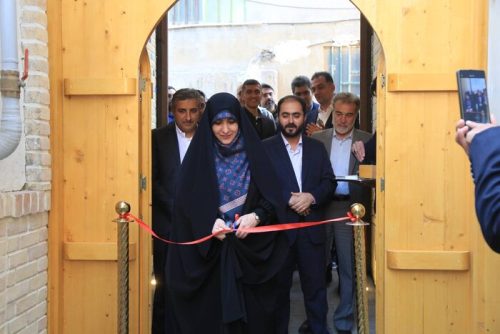Yalda: A Night as Long as History
Yalda Night, revered for its long history, is one of the oldest and most meaningful Iranian festivals, treasured within families for generations. Celebrated as the longest night of the year, it symbolizes the victory of light over darkness and hope over despair. Families gather to share sweets, fruits, and ancient stories, creating moments filled with love and unity. Yalda, more than just a seasonal celebration, is a reflection of Iranian values and traditions passed down through generations. On this night, fires are lit to represent warmth and family bonds, and elders recount stories from the past, eagerly listened to by the younger generation. Additionally, reading from Hafez is an important ritual that keeps the spirit and culture alive. Yalda, a night as long as history, offers Iranians a chance to strengthen familial bonds with compassion and remember that they stand by each other in times of hardships and happiness.
Yalda Night: A Night as Long as History – Roots and Cultural Heritage
Yalda Night, a night as long as history, is one of the oldest Iranian celebration with thousands of years of history. This celebration takes place on the last night of autumn and is known as the longest night of the year. The roots of this tradition date back to pre-Islamic times, when ancient Iranians celebrated the victory of light over darkness by incorporating this ceremony into their culture. Yalda is a symbol of hope and rejuvenation that has held a special place in Iranian history and has been passed down to successive generations. Studying the history of Yalda, a night as long as history, reveals that this celebration is not only a calendrical event but also an essential part of Iranian cultural identity, strengthening family values, social cohesion, and respect for traditions.
Yalda Night: A Night as Long as History – Traditional Rituals and Customs
The rituals and customs of Yalda night, a night as long as history, are an inseparable part of Iranian culture. On this night, families gather to celebrate the longest night of the year together. One of the important customs of this festival is lighting fires, symbolizing family warmth and light. Additionally, storytelling, especially of Hafez’s tales, forms an essential part of Yalda ceremonies, allowing younger generations to connect with their literary and cultural heritage. Eating special fruits like watermelon and pomegranate is another renowned tradition of this celebration, which adds sweetness to the occasion and symbolizes the victory of light over darkness and fertility. These rituals and customs make Yalda night a meaningful and unforgettable event that plays a significant role in preserving and transmitting cultural values.
Yalda Night: A Night as Long as History – Family and Social Significance
Yalda Night, a night as long as history, is a unique opportunity for family gatherings and strengthening social bonds. On this night, family members come together to share moments filled with affection and solidarity. This not only enhances family relationships but also provides a suitable atmosphere for exchanging thoughts, reminiscing about the past, and planning for the future. The presence of the elders in this celebration helps transmit values and traditions to the younger generation and plays a vital role in preserving the family’s cultural identity. Moreover, Yalda night is also presented as a social celebration that, through public ceremonies, friendly gatherings, and shared activities, plays a crucial role in creating social cohesion and strengthening relationships within society.
Yalda Night: A Night as Long as History – Light and Darkness in Yalda Symbolism
Yalda Night, a night as long as history, is known in Iranian cultural symbolism as a triumph of light over darkness. This symbolism is vividly seen in the choice of the forefront of homes for conducting ceremonies and lighting fires. On this night, darkness reaches its peak, and fires, as symbols of light and warmth, defeat this darkness. Moreover, the use of red-colored fruits like pomegranate and watermelon, which symbolize blood and fertility, in decorating the Yalda table illustrates hope for a bright and lively future. These symbolic concepts are reflected not only in Yalda ceremonies but also in Iranian literature and art, playing a key role in embodying the cultural and philosophical values of the community.
Yalda Night: A Night as Long as History – Economic Impacts and Yalda Spread
Yalda Night, a night as long as history, has significant economic impacts on local and national markets. On this night, consumption of fruits, nuts, sweets, and other edible products increases, leading to a boom in the food and agricultural industries. Local markets, bustling with sales of fresh fruits and traditional products such as pomegranates, watermelons, sunflower seeds, and nuts, are highly active. Additionally, preparing the Yalda spread with various special foods not only meets family needs but also provides a business opportunity for producers and sellers. This economic boom, alongside the cultural and social value of Yalda night, plays an essential role in enhancing local and national economic dynamism.
Yalda Night: A Night as Long as History – Modern Changes and Preservation of Traditions
As time progresses and with social and cultural changes, Yalda Night, a night as long as history, has also undergone transformations. Today, many young people have incorporated new businesses and technologies into the Yalda ceremony, such as using social media for exchanging Yalda messages and hosting online celebrations. However, preserving old traditions and customs remains a priority for many families. Combining modern elements with traditional values enables the celebration of Yalda in a contemporary setting without compromising its core structure and fundamental values. This balance between modernity and tradition makes Yalda night a dynamic and authentic celebration that can be passed on to future generations.
Yalda Night: A Night as Long as History – The Role of Literature and Art in Yalda Celebration
Literature and art play a significant role in the celebration of Yalda Night, a night as long as history. Classical literature, such as the poetry of Hafez and Saadi, often recited on this night, contributes to the cultural and literary depth of the ceremony. Listening and retelling these poems among families not only enhances aesthetic appreciation but also imparts moral and philosophical teachings of this literature to new generations. Furthermore, visual arts like painting and calligraphy are used in decorating the Yalda spread and ambiance. This blend of art and literature transforms Yalda night into a comprehensive cultural experience where beauty and spiritual values are tangibly and palpably demonstrated.
Yalda Night: A Night as Long as History – Yalda Celebration in Different Regions of Iran
Yalda Night, a night as long as history, is celebrated in different regions of Iran with a diversity of local rituals and customs. Each region, with its unique cultural characteristics, conducts Yalda festivities with different details. In northern Iran, particularly in the provinces of Gilan and Mazandaran, Yalda celebrations are held using various fresh fruits and local snacks like poppy seeds and local almonds. In western Iran, the provinces of Khuzestan and Kurdistan use special rituals like traditional dance and music to celebrate Yalda. Moreover, in eastern Iran, the provinces of Khorasan and Sistan-Baluchestan hold Yalda ceremonies with local performances and storytelling unique to the region. This cultural diversity enables Yalda celebrations to be uniquely and specifically held in each region and remains one of the essential and meaningful celebrations across the Iranian nation.
Yalda Night: A Night as Long as History – Spiritual and Social Messages of Yalda Celebration
Yalda Night, a night as long as history, carries profound spiritual and social messages beyond its cultural and historical values. This celebration emphasizes the importance of empathy and cooperation in the community, where families and friends gather to enjoy moments filled with love and kindness. Additionally, as a symbol of the triumph of light over darkness, Yalda night reminds individuals that amidst challenges and difficulties, hope and light always shine in their hearts. These spiritual messages not only influence Yalda ceremonies but also guide individuals toward ethical and committed behaviors in daily life. Furthermore, Yalda night is an opportunity to review personal and societal values and goals and strengthen the sense of responsibility and commitment to shared community values.
Frequently Asked Questions
- What is Yalda?
- Yalda is one of the oldest Iranian celebrations, held on the longest night of the year and symbolizes the triumph of light over darkness.
- What is the history of Yalda?
- Yalda dates back seven thousand years and is one of the most original and valuable traditional teachings in the beliefs of ancient Iranians.
- When is Yalda celebrated?
- Yalda is celebrated on the last night of autumn, the darkest and longest night of the year.
- What are the rituals and customs of Yalda night?
- Common rituals of Yalda night include lighting fires, elderly storytelling, eating snacks and reading Hafez’s poetry.
- Why is Yalda known as the longest night of the year?
- Due to Yalda night occurring during the winter solstice, which is the longest night of the year in the northern hemisphere and marks the start of longer days.
- What is intangible heritage and what does it include?
- Intangible heritage includes cultural processes passed down from past generations, including songs, music, drama, cooking, handicraft arts, and various festivals.
- What is the importance of the Convention for the Safeguarding of Intangible Heritage?
- The Convention for the Safeguarding of Intangible Heritage, adopted in 2003, aims to preserve and support the intangible cultural heritage of communities.
- What global position does Yalda night hold?
- Yalda night is registered as the nineteenth intangible heritage element of Iran in the UNESCO World Heritage list, holding a special place in introducing Iranian culture.
- How is Yalda night celebrated in Zanjan?
- In Zanjan, the General Directorate of Cultural Heritage, Handicrafts, and Tourism, in cooperation with the municipality and other institutions, organizes the ancient and historical Yalda night gathering.
- What role do elders play in Yalda night celebrations?
- Elders are recognized as transmitters and bearers of Yalda night celebration rituals, responsible for storytelling and passing on traditions.
- What values are emphasized in Yalda night ceremonies?
- Yalda night ceremonies emphasize values such as cultural identity, respect for nature, honoring the elderly, women and children, reconciliation, friendship, and hospitality.
- What is the impact of technology and the internet on Yalda night celebrations?
- The development of technology and the internet has led to a decrease in family gatherings, and celebrating Yalda night should involve reducing virtual world usage and focusing on traditions and old stories.
- What role does the Korsi play in Yalda night ceremonies?
- The Korsi in Yalda night ceremonies was used as a place for warming and recounting childhood memories and is part of the festival’s traditions.
- Why is the global recognition of Yalda night in UNESCO important?
- The global recognition of Yalda night in UNESCO provides an opportunity to introduce Iran’s ancient civilization and cultural values to the global community.
- What components are considered in Yalda night celebration?
- The Yalda night celebration focuses on the sun’s light, warmth of life, as well as holding family gatherings and storytelling as essential elements.
- What is the significance of Yalda night for future generations?
- Celebrating Yalda night transfers cultural and traditional values to future generations, strengthening national and cultural identity.
- News Source : https://www.irna.ir/news/85692250/%DB%8C%D9%84%D8%AF%D8%A7-%D8%B4%D8%A8%DB%8C-%D8%A8%D9%87-%D8%A8%D9%84%D9%86%D8%AF%D8%A7%DB%8C-%D8%AA%D8%A7%D8%B1%DB%8C%D8%AE

